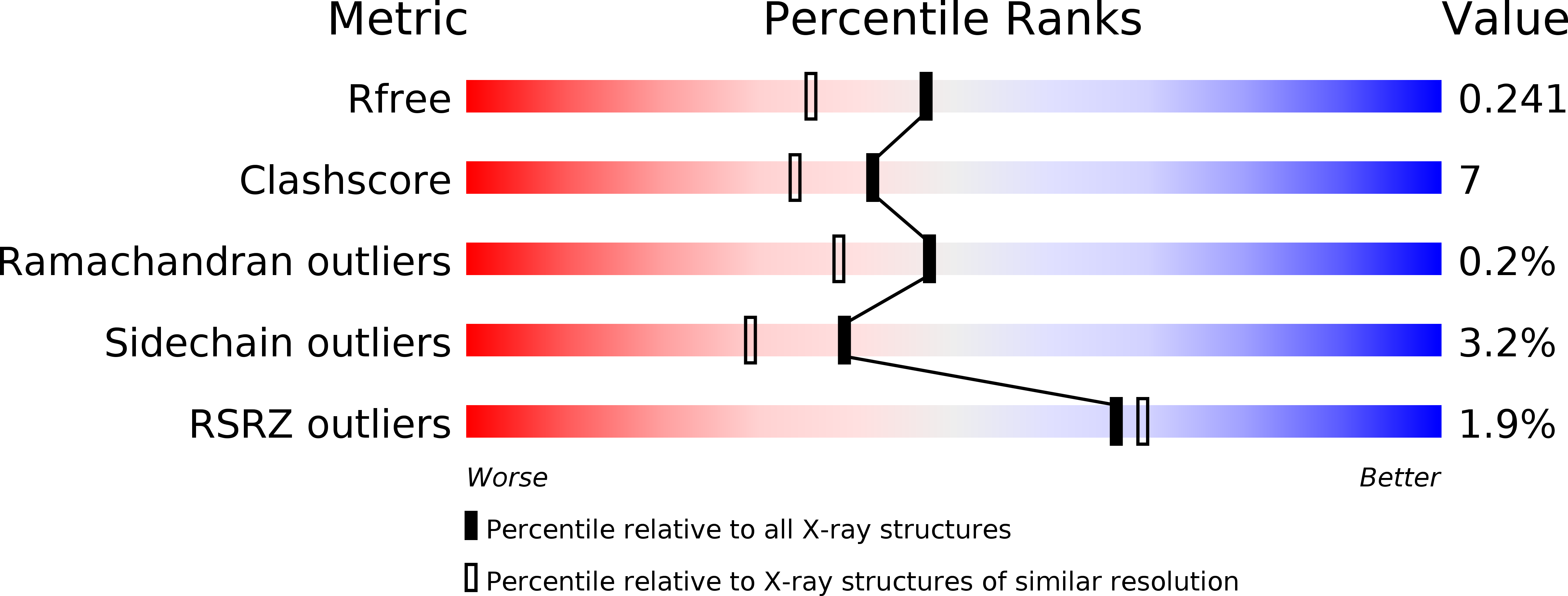
Deposition Date
2011-04-21
Release Date
2011-10-05
Last Version Date
2024-11-06
Entry Detail
PDB ID:
3RN0
Keywords:
Title:
Crystal Structure of the W199K-MauG/pre-Methylamine Dehydrogenase Complex
Biological Source:
Source Organism:
Paracoccus denitrificans (Taxon ID: 318586)
Host Organism:
Method Details:
Experimental Method:
Resolution:
1.91 Å
R-Value Free:
0.22
R-Value Work:
0.17
R-Value Observed:
0.17
Space Group:
P 1


